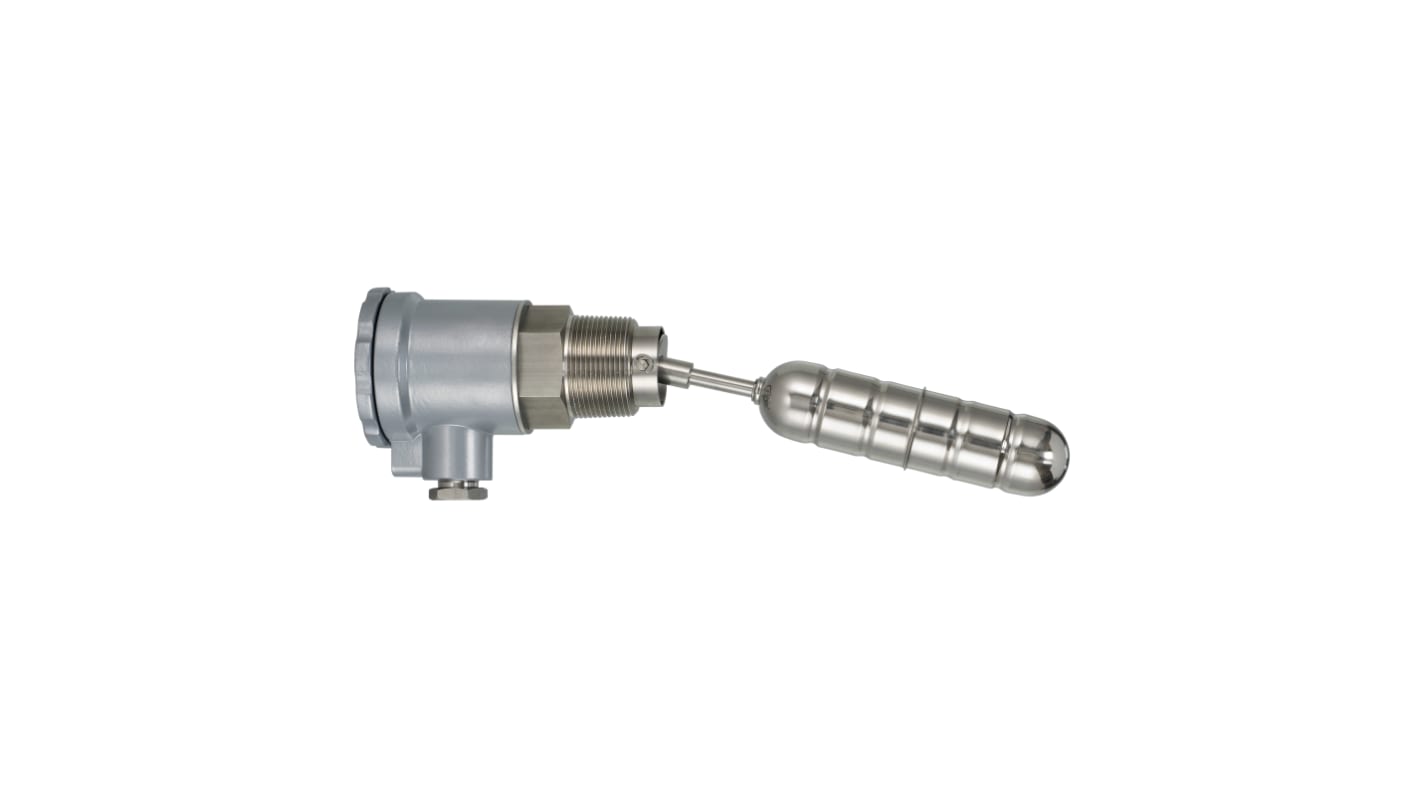Sensata Cynergy3 SH-3 Series Horizontal 316L Stainless Steel Float Switch, SPDT, 250V ac Max, 120V dc Max
- RS Stock No.:
- 780-0131
- Mfr. Part No.:
- SH-3151
- Brand:
- Sensata / Cynergy3

Image representative of range
Subtotal (1 unit)*
£436.45
(exc. VAT)
£523.74
(inc. VAT)
FREE delivery for orders over £50.00
Temporarily out of stock
- Shipping from 13 March 2026
Need more? Click ‘Check delivery dates’ to find extra stock and lead times.
Units | Per unit |
|---|---|
| 1 + | £436.45 |
*price indicative
- RS Stock No.:
- 780-0131
- Mfr. Part No.:
- SH-3151
- Brand:
- Sensata / Cynergy3
Specifications
Technical Reference
Legislation and Compliance
Product Details
Find similar products by selecting one or more attributes.
Select all | Attribute | Value |
|---|---|---|
| Brand | Sensata / Cynergy3 | |
| Mounting Type | Horizontal | |
| Switch Output | SPDT | |
| Body Material | 316L Stainless Steel | |
| Minimum Operating Temperature | 0°C | |
| Maximum Operating Temperature | +100°C | |
| Maximum AC Voltage | 250V | |
| Maximum DC Voltage | 120V | |
| Maximum Current | 5 A | |
| Maximum Pressure | 25bar | |
| Series | SH-3 | |
| Select all | ||
|---|---|---|
Brand Sensata / Cynergy3 | ||
Mounting Type Horizontal | ||
Switch Output SPDT | ||
Body Material 316L Stainless Steel | ||
Minimum Operating Temperature 0°C | ||
Maximum Operating Temperature +100°C | ||
Maximum AC Voltage 250V | ||
Maximum DC Voltage 120V | ||
Maximum Current 5 A | ||
Maximum Pressure 25bar | ||
Series SH-3 | ||
- COO (Country of Origin):
- TW
Sensata Cynergy3 Float Switch, Horizontal Mounting Type, 25 Bar Maximum Pressure - SH-3 Series - SH-3151
Choose this float switch from Sensata Cynergy3 for monitoring liquid levels in your tank. It works with an alarm, pump or sensor to automatically control the filling of your tank, preventing it from running dry or overflowing. Thanks to its stainless steel float, this component is corrosion-resistant and compatible with most hydraulic fluids and fuels. It's also easy to clean for use in hygienic applications. A maximum operating pressure of 25 bar means you can safely use the device in high-pressure tanks. You can use this float switch in applications such as beverage processing or the pharmaceutical industry.
Features & Benefits
• IP65 rating means it's dust-tight and protected against low-pressure water jets
• Broad operating temperature range of 0ºC to +100ºC for use in harsh conditions
• Screw-in mounting thread for easy attachment to the wall of a tank
• Broad operating temperature range of 0ºC to +100ºC for use in harsh conditions
• Screw-in mounting thread for easy attachment to the wall of a tank
Does this float have a reed switch?
Yes, this float has a reed switch to perform its switching action. When fluid levels in a tank move the float, a magnet inside moves closer to the reed switch. This causes the circuit to open or close to maintain liquid levels.
Related links
- Sensata Cynergy3 SH-3 Series Horizontal 316L Stainless Steel Float Switch 250V ac Max, 120V dc Max
- Sensata Cynergy3 Horizontal Aluminium Float Switch SPDT 120V dc Max
- Sensata / Cynergy3 Vertical 316L Stainless Steel Float Switch 241mm Cable 200V ac Max, 120V dc Max
- Sensata / Cynergy3 Vertical 316L Stainless Steel Float Switch 140mm Cable 200V ac Max, 120V dc Max
- Sensata / Cynergy3 Vertical 316L Stainless Steel Float Switch 191mm Cable 200V ac Max, 120V dc Max
- Sensata / Cynergy3 Vertical 316L Stainless Steel Float Switch 241mm Cable 200V ac Max, 120V dc Max
- Sensata / Cynergy3 Vertical 316L Stainless Steel Float Switch 266mm Cable 200V ac Max, 120V dc Max
- Sensata / Cynergy3 Vertical 316L Stainless Steel Float Switch 291mm Cable 200V ac Max, 120V dc Max
